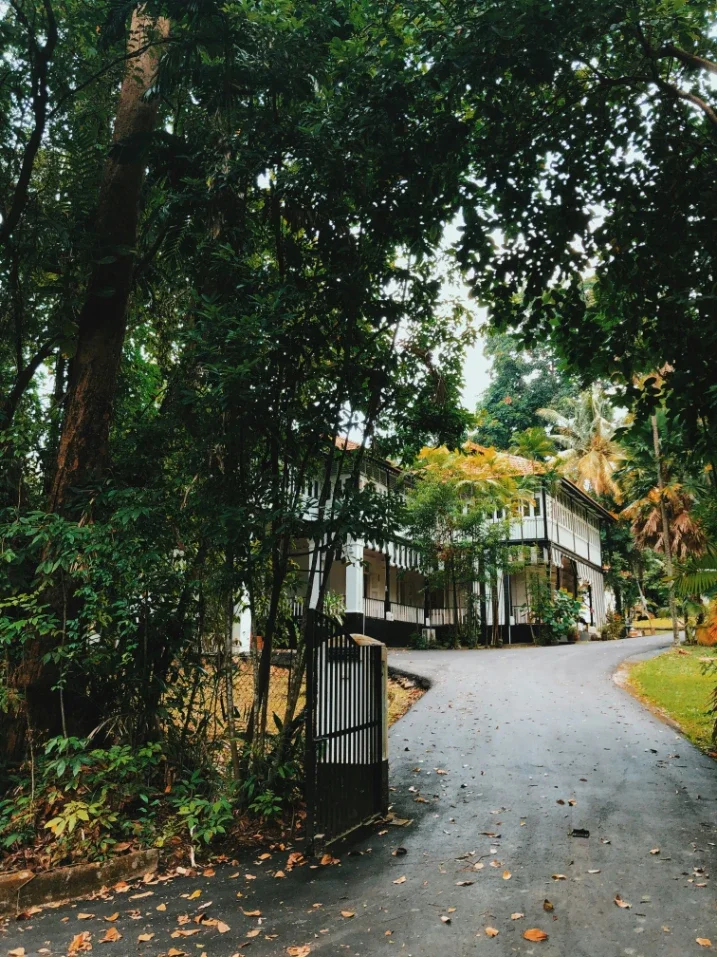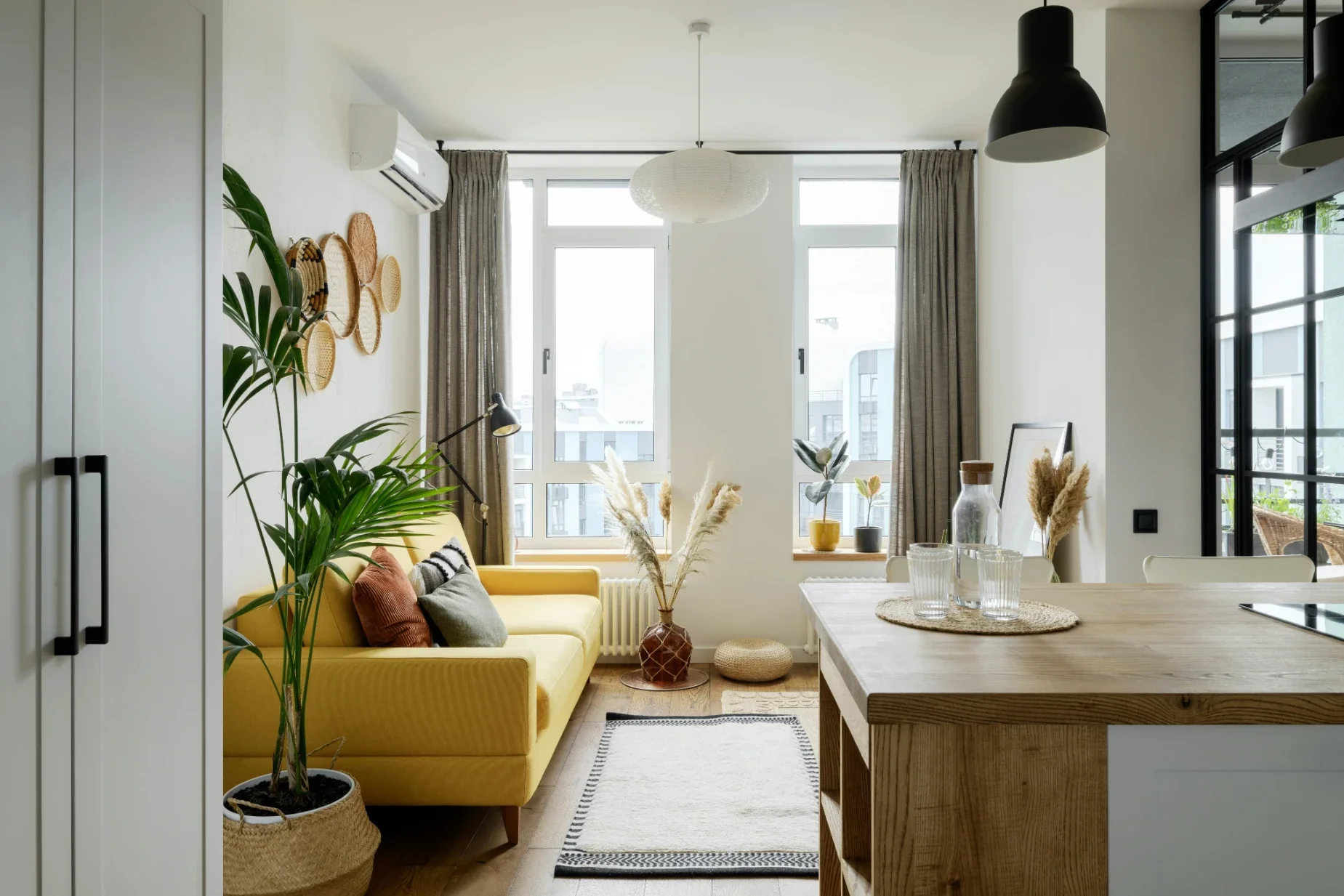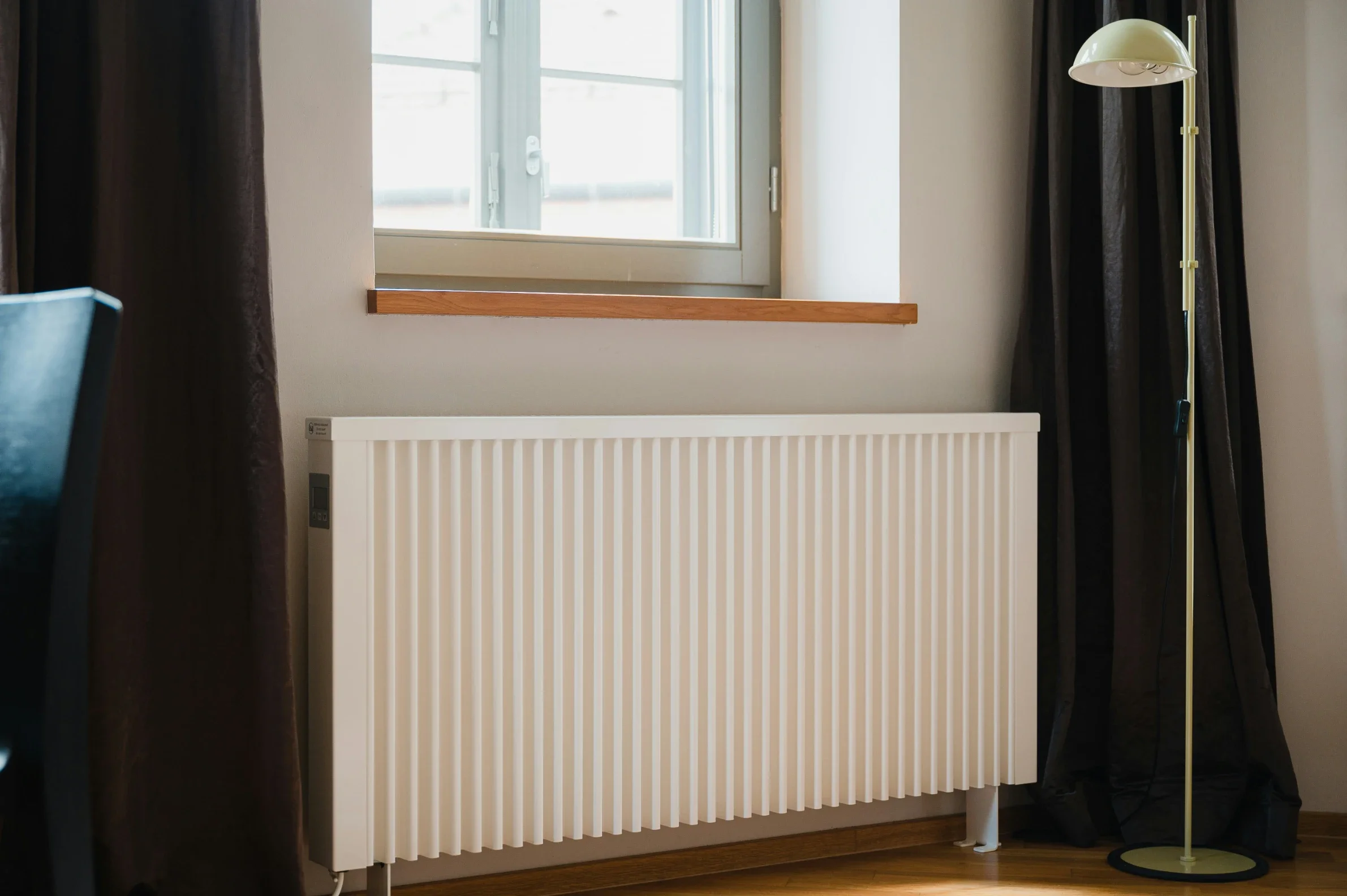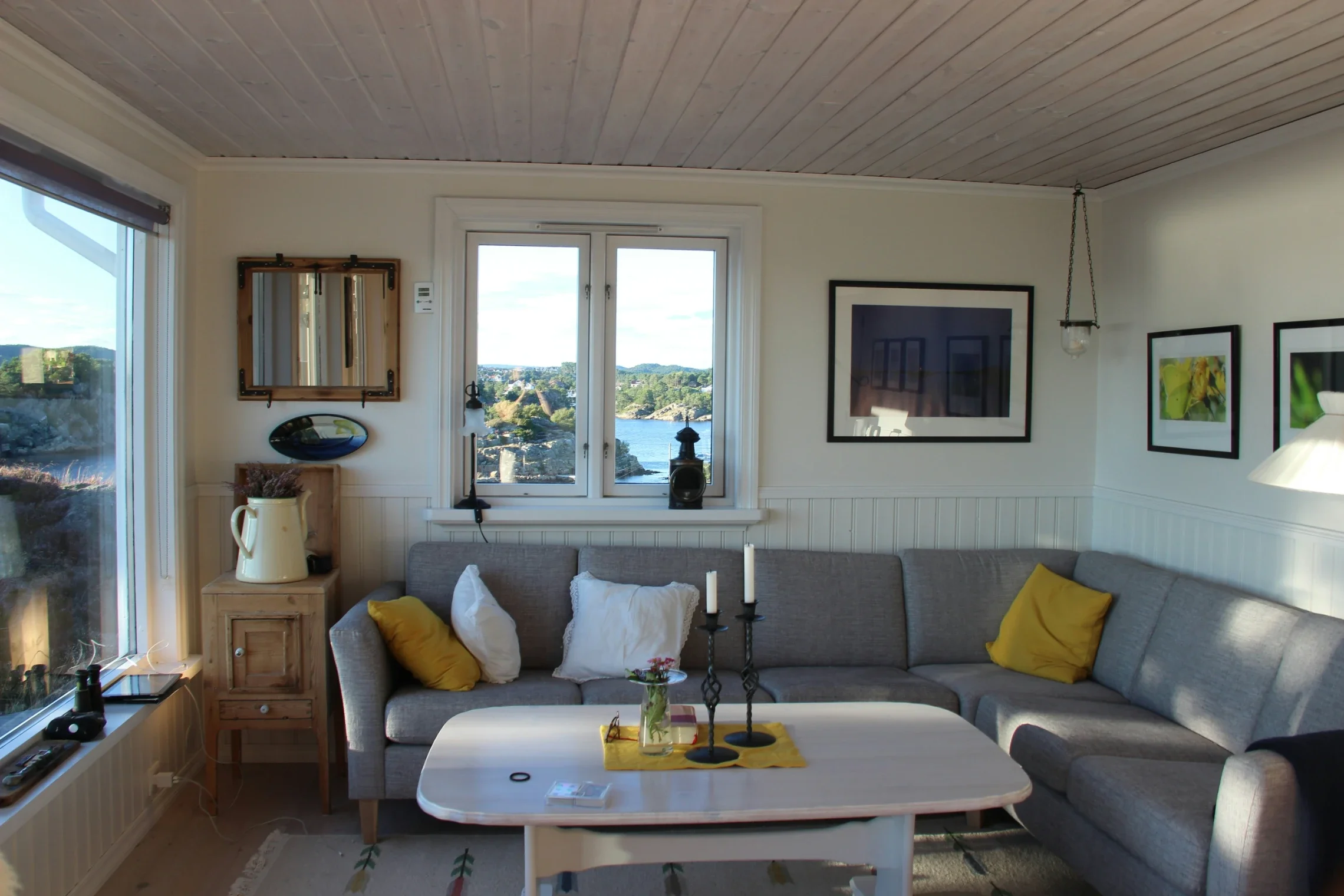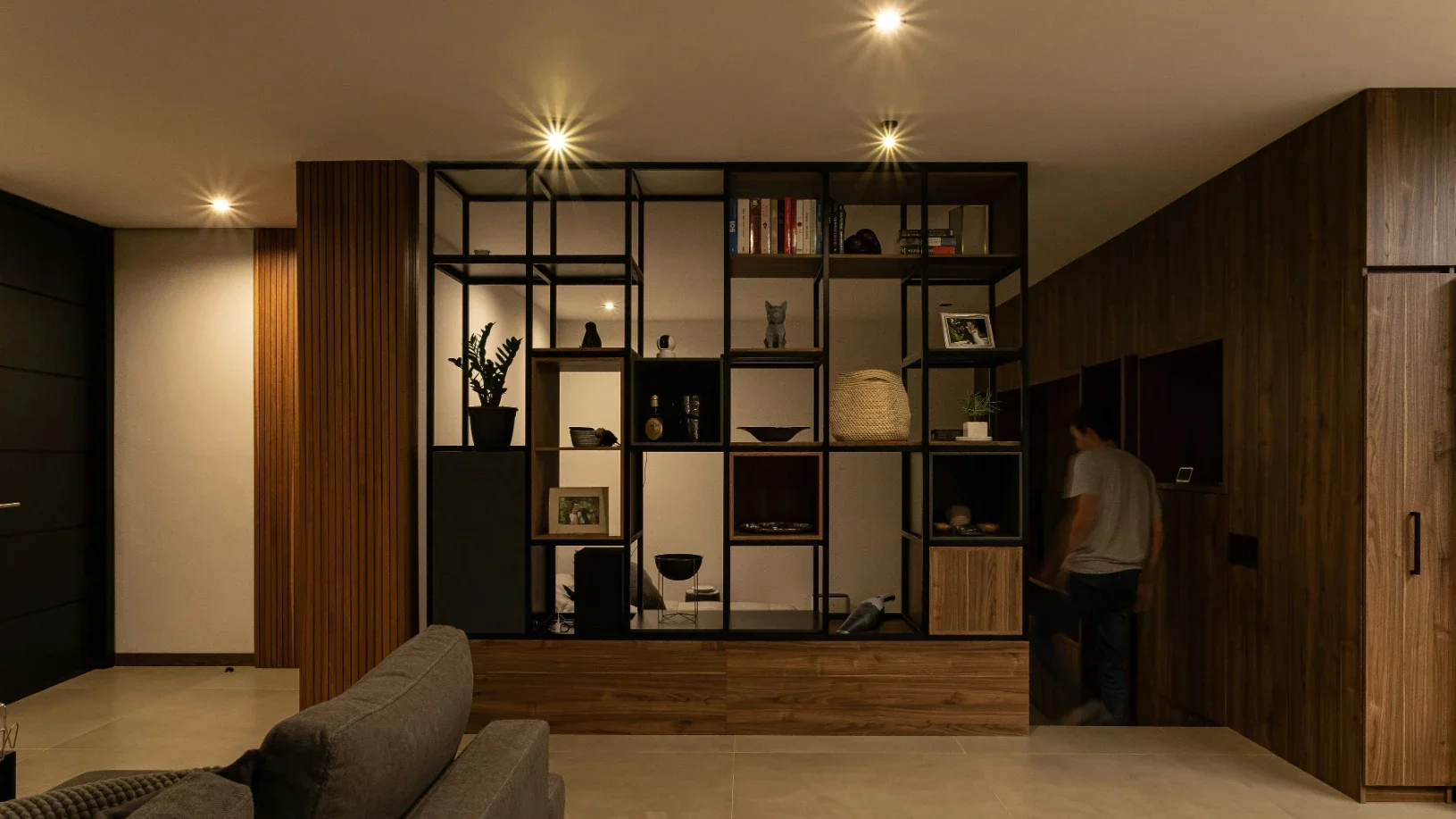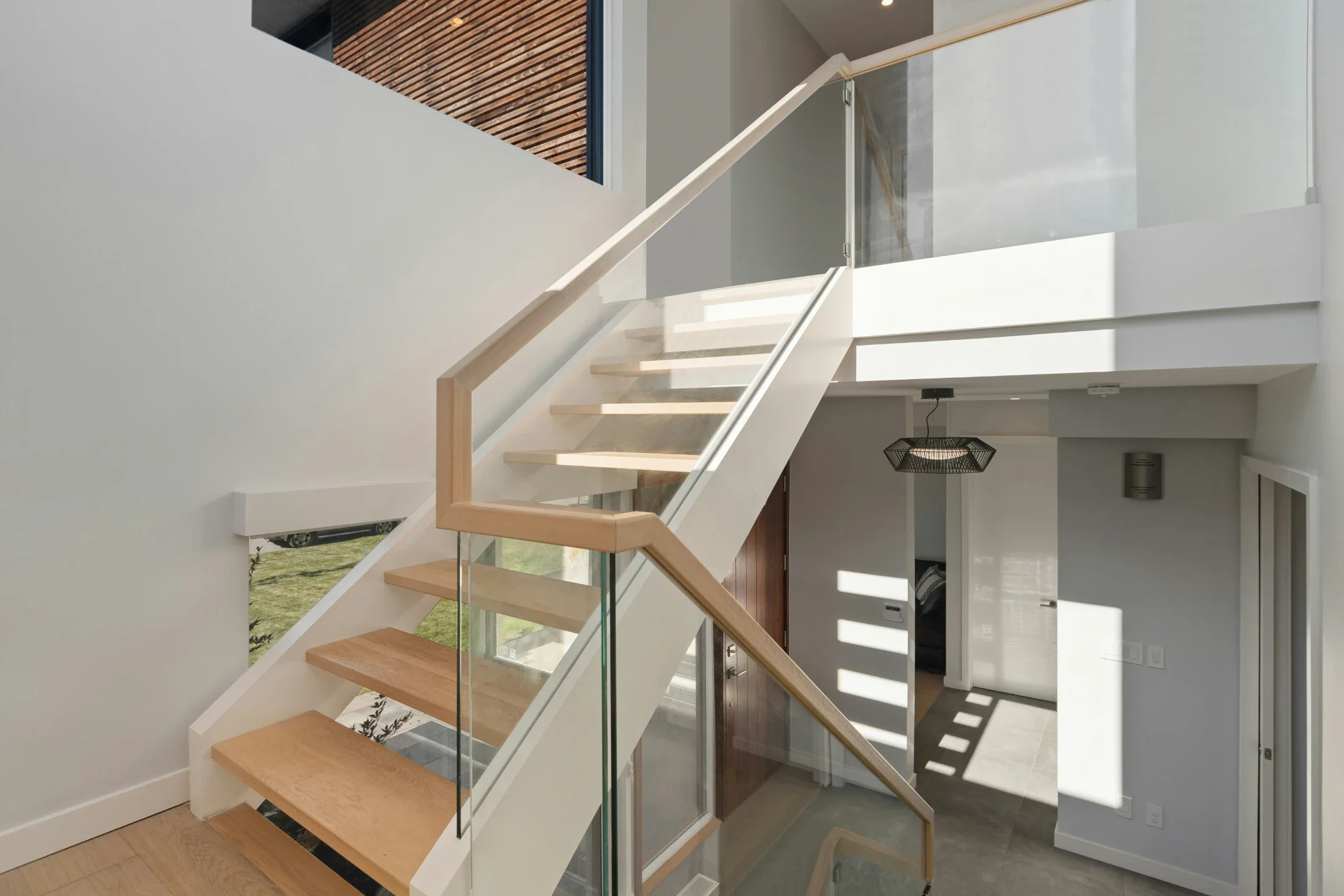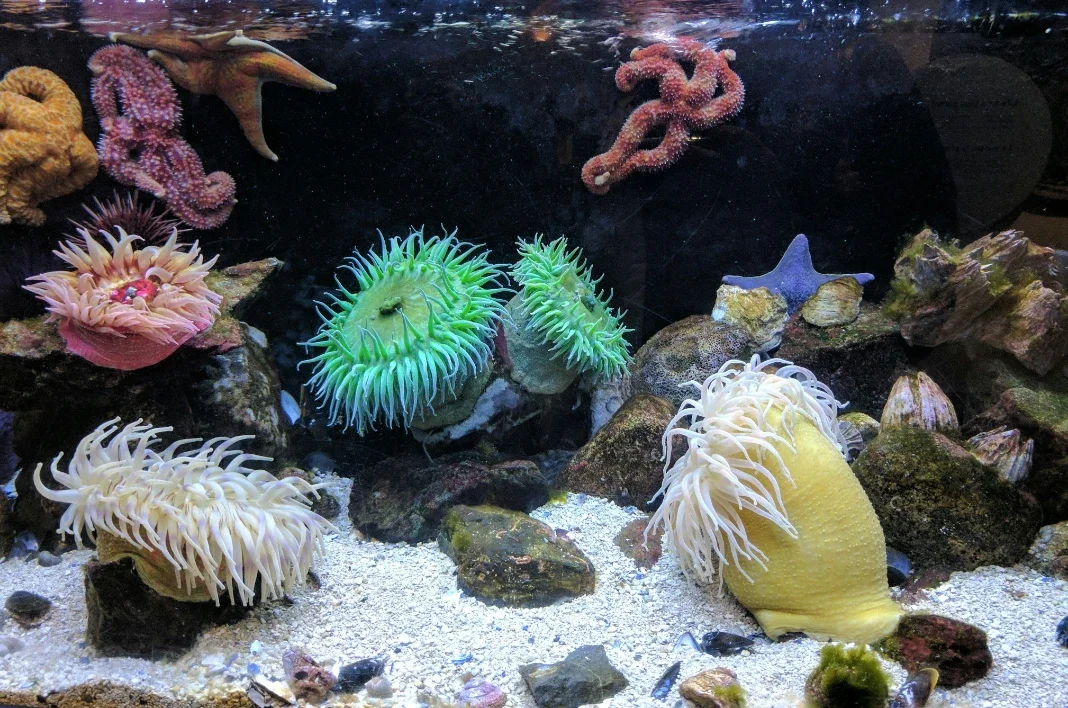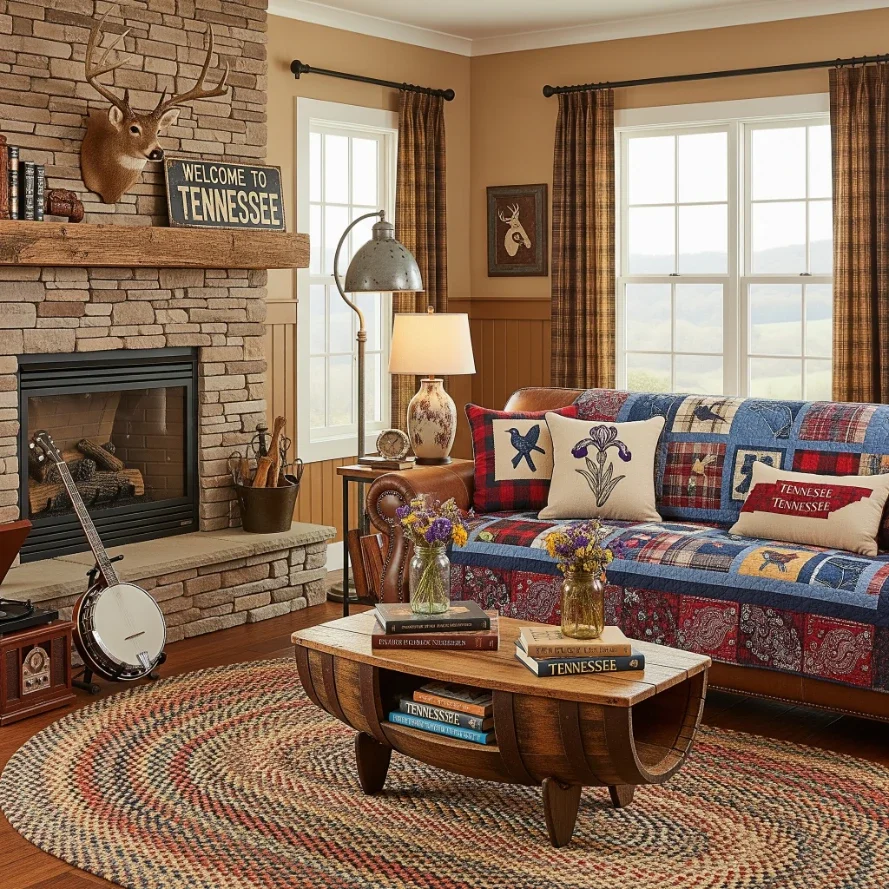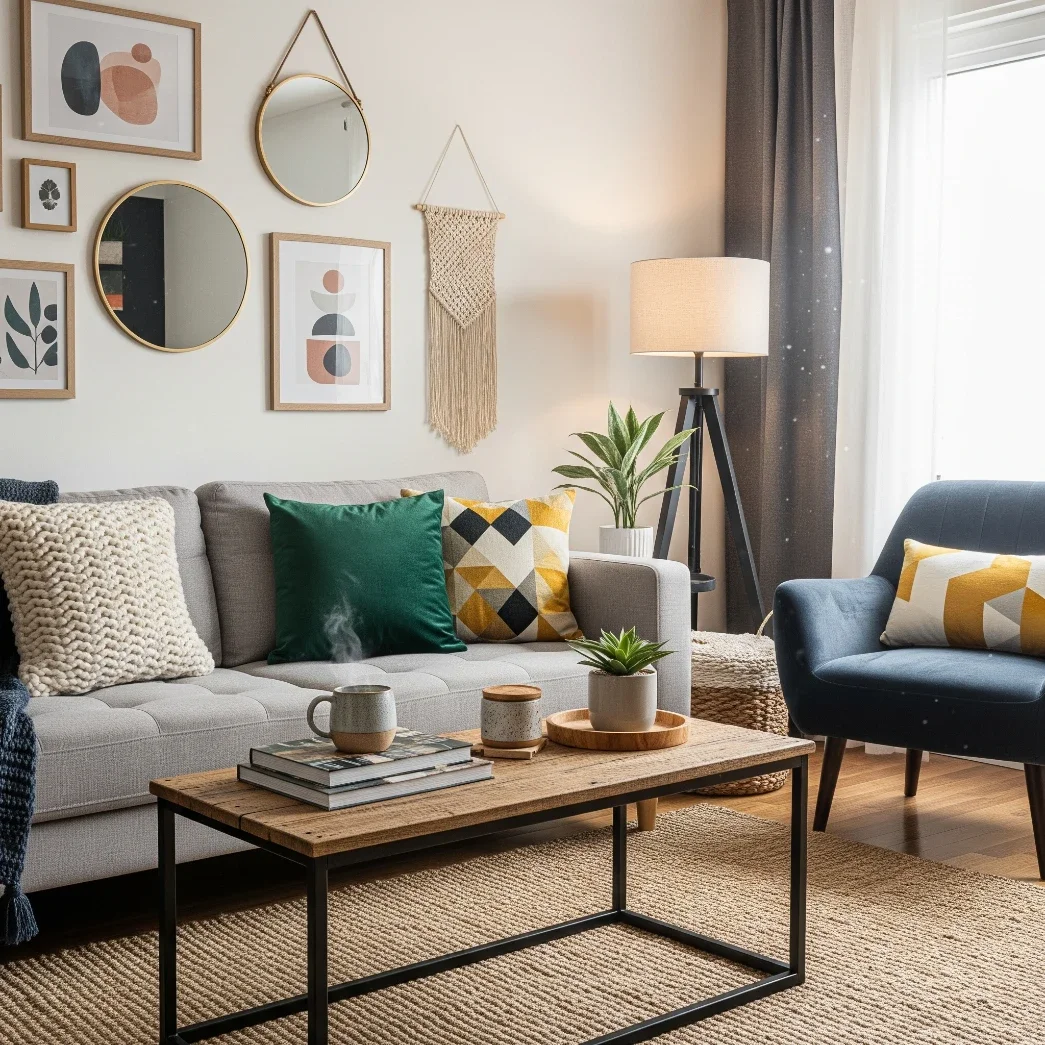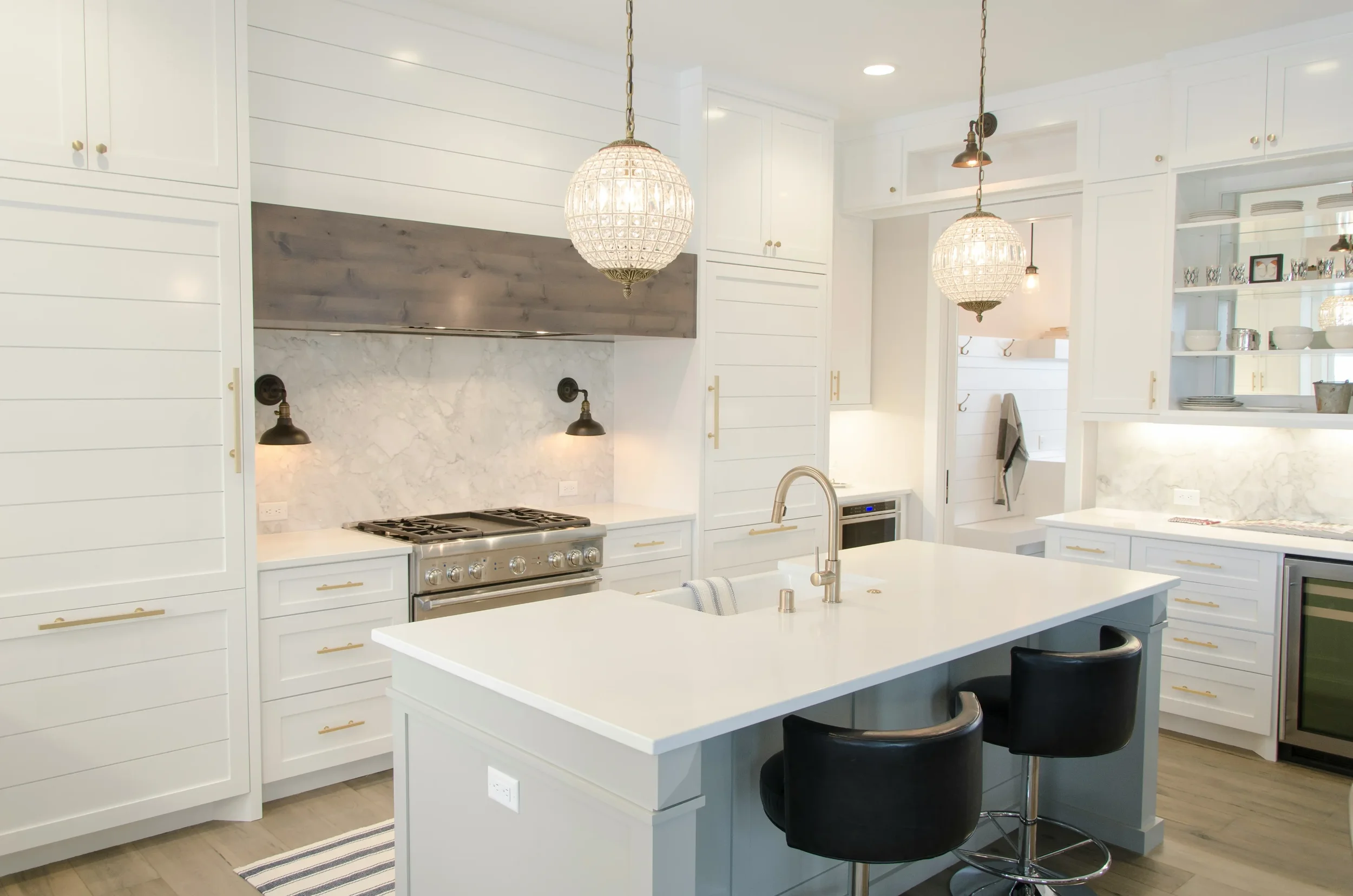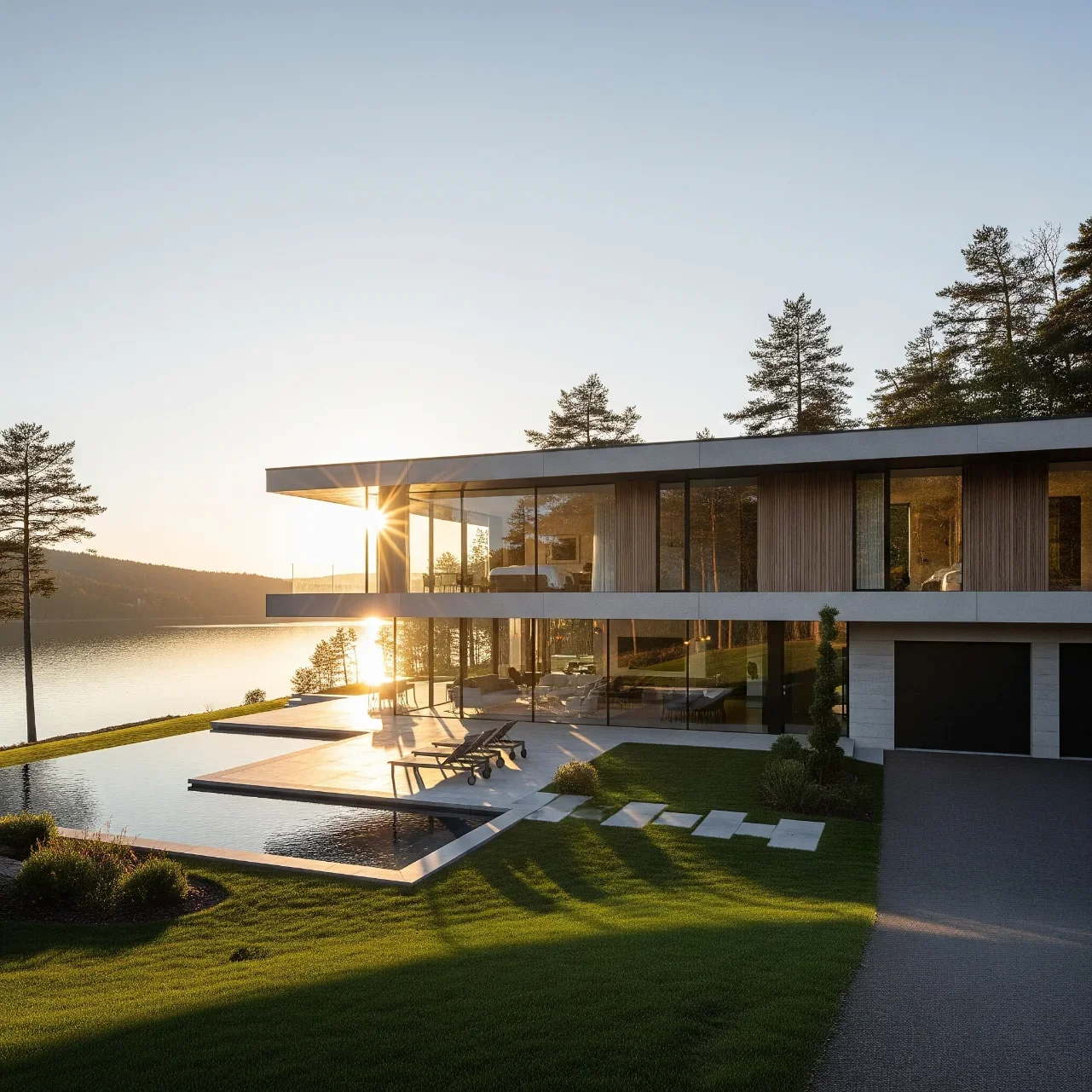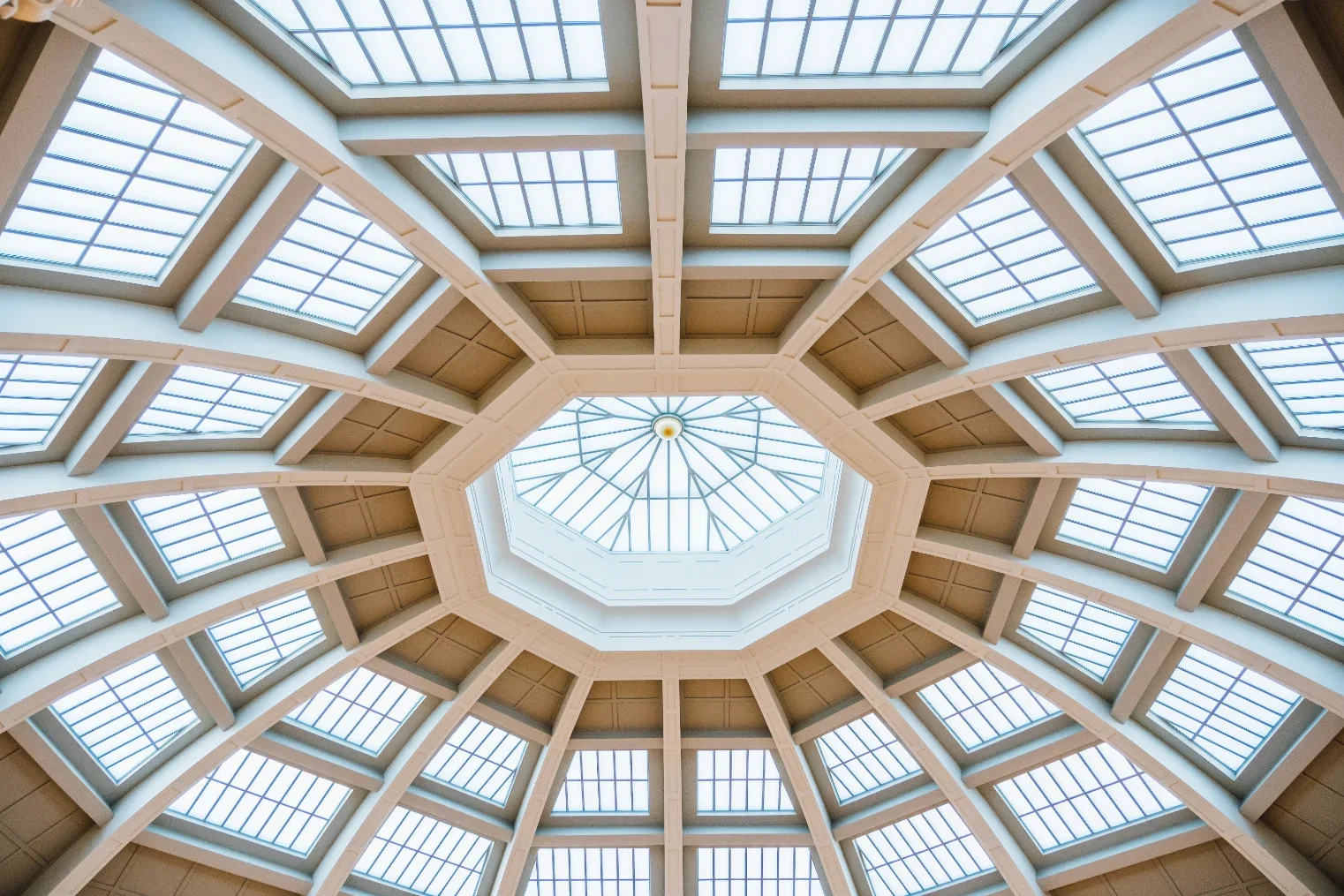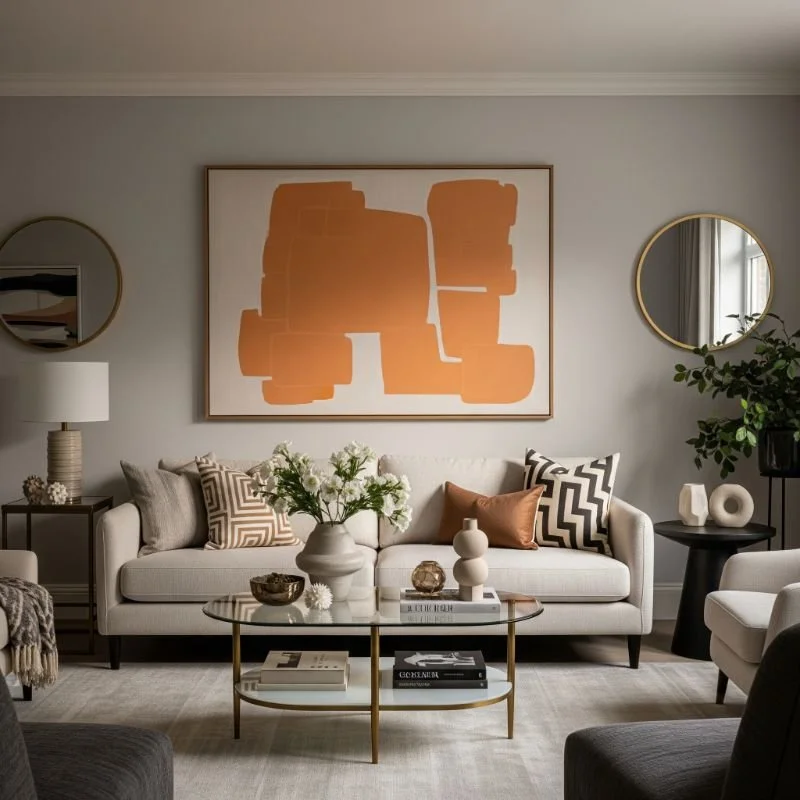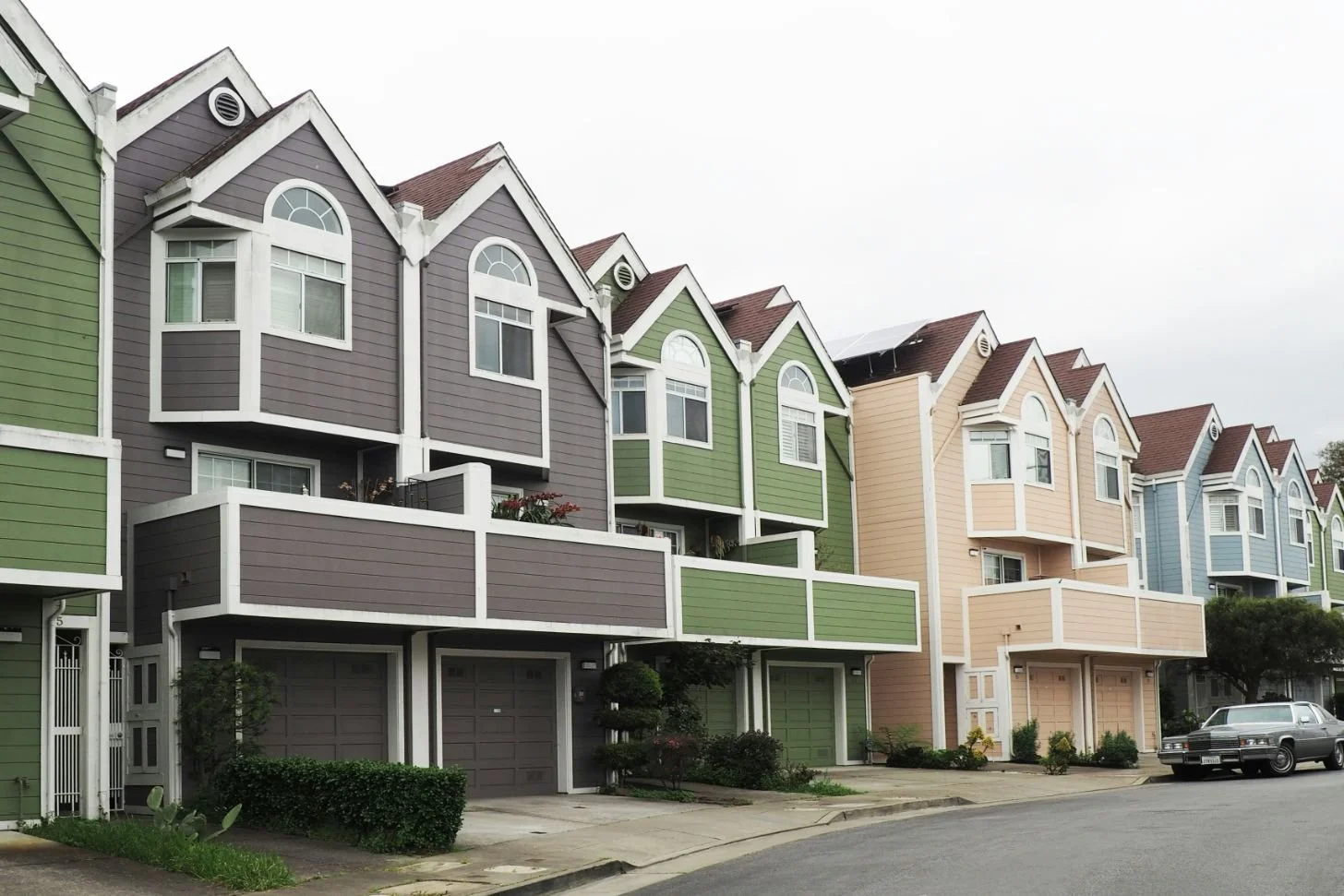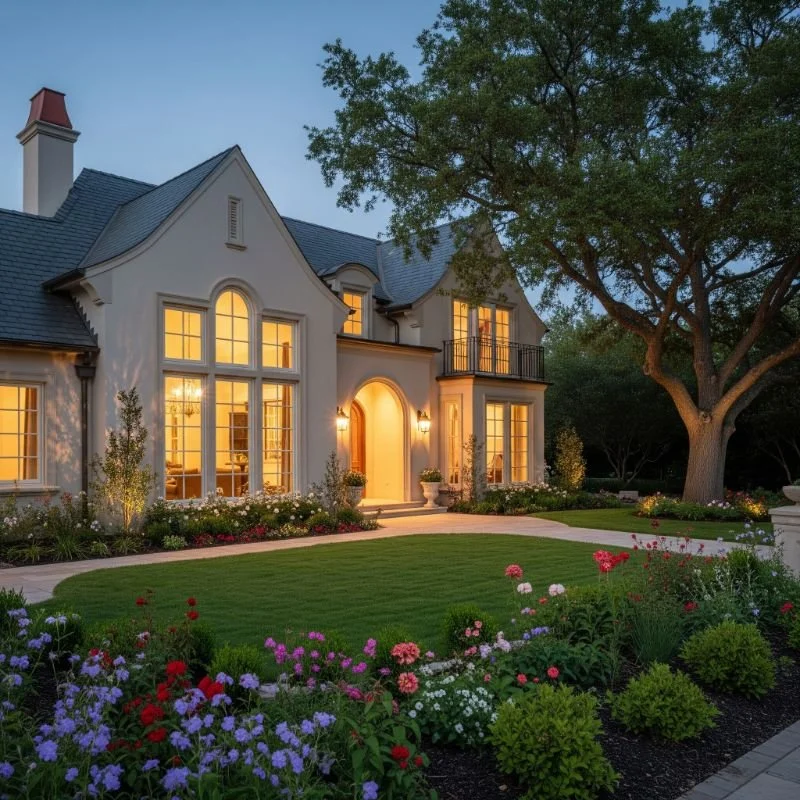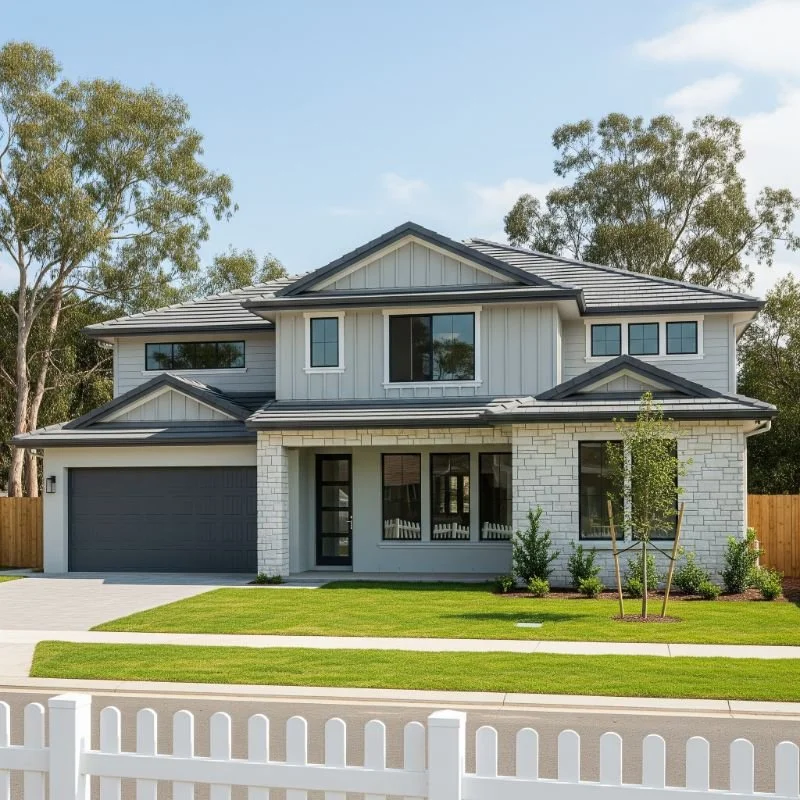Decor Techniques to Mask or Showcase Utility Elements
Decor techniques to mask or showcase pipes, vents, and radiators. Learn creative, practical ways to hide or highlight utility features so they blend with — or enhance — your home’s design.
You probably don’t notice your pipes until one day you see them snaking across a wall or meeting a radiator — and your eye does a quick recoil. But here’s something worth knowing: exposed utility elements are increasingly embraced in interior design rather than hidden away. In industrial and loft-style spaces, visible ductwork, piping, and structural systems are celebrated as design features.
Architects have long explored this idea, showing how mechanical systems become part of the aesthetic. Whether you want to conceal those elements or let them shine, the right approach can make your home’s most functional parts quietly impressive — or boldly expressive.
Survey of Common Utility Elements & Design Challenges
Every home has a few visual troublemakers — pipes, vents, radiators, meters, or wiring that never quite fit the aesthetic plan. These features serve important functions, yet they often interrupt symmetry, color, or flow.
Exposed plumbing in a kitchen corner might clash with polished cabinetry, while a bulky radiator can throw off a sleek, minimal look. Ceiling vents can steal attention from light fixtures or artwork. The challenge isn’t that these elements exist, but how they coexist with everything else.
Good design finds a way to integrate or disguise them so utility fades quietly into the background — or stands proudly in view.
Criteria for Deciding Whether to Mask or Showcase
Choosing whether to hide or feature a utility element depends on more than just taste — it’s about balancing style, space, and practicality. Here’s what to consider before making that choice:
Design Style:
Industrial or loft interiors often embrace exposed pipes and ducts, while traditional or minimalist spaces favor clean lines and hidden systems.Location and Visibility:
A ceiling vent in a hallway might go unnoticed, but one in a living room can easily dominate the view. Elements in focal areas deserve more thoughtful treatment.Function and Accessibility:
HVAC ducts or exposed plumbing maintained by professionals such as Gundlach’s should remain easy to service. Any covers or panels should be removable without disrupting the décor.Budget and Materials:
Concealment might require custom cabinetry, soffits, or decorative panels — all of which can add cost. Painting or blending into the background can be a more budget-friendly solution.Safety and Maintenance:
Anything that generates heat, like radiators or electrical conduits, needs ventilation and clearance. Aesthetic choices should never block airflow or access.Visual Weight and Balance:
Consider whether the element steals focus or contributes to the room’s character. Sometimes framing it or coordinating colors is enough to make it fit.
Ultimately, every space tells a different story. The goal is to decide which features should quietly fade away — and which deserve a place in the spotlight.
Techniques to Mask or Camouflage Utility Elements
When the goal is to make pipes, vents, and radiators fade into the background, creativity and subtlety go hand in hand. The best disguises don’t scream for attention — they blend, coordinate, or cleverly distract. Here are tried-and-true ways to hide utility features without compromising function:
Built-In Enclosures and Cabinets
Custom enclosures are one of the cleanest solutions. Box in radiators, meters, or vertical pipes using cabinetry that matches your walls or trim. Include vented panels for airflow and hinged doors for access. This method works beautifully in living rooms, entryways, or anywhere space allows.
Decorative Covers, Grilles, and Screens
Radiator covers with perforated fronts or latticework let air circulate while adding texture and pattern. Similarly, laser-cut metal or wooden vent grilles can echo motifs found elsewhere in the room. Choose finishes that complement your paint, flooring, or furniture hardware.
Blending with Background (Color and Texture)
Paint is an underrated problem-solver. Match the color of pipes, ducts, or vents to your walls or ceiling so they visually disappear. You can even wrap ducts in wood veneer or apply faux finishes that mimic surrounding materials for a seamless effect.
Layered Décor and Distraction
Sometimes you don’t need to cover an element — just redirect the eye. Use tall plants, bookcases, or artwork to frame the area and pull focus elsewhere. The balance between concealment and composition makes the space feel intentional rather than improvised.
Architectural Integration
Transform concealment into structure. Add shallow beams, boxed soffits, or columns to house wiring or ductwork. These details can define zones within open-plan layouts, turning what started as a visual flaw into architectural rhythm.
Each of these ideas follows the same design principle: when in doubt, make utility feel like part of the plan, not an afterthought.
Techniques to Showcase or Embrace Utility Elements
Not every pipe or vent needs to hide. Sometimes, showing them off gives a room character and depth. Highlighting these features works best when it feels intentional — when the design says yes, that’s meant to be there. Here’s how to turn ordinary utility elements into stylish focal points:
Industrial or Steampunk Style
Exposed metal pipes, ducts, and vents fit naturally into industrial interiors. Instead of painting them to disappear, highlight them with matte black, brushed steel, or copper finishes. The mix of raw texture and metallic tones creates a sense of authenticity and craftsmanship that feels both rugged and refined.
Framing and Accent Lighting
Add framing or subtle lighting to make functional elements part of the design story. A ceiling duct lined with LED strip lighting or a polished radiator outlined by trim can look deliberate and modern. The contrast between utilitarian form and thoughtful detailing gives the room a curated feel.
Creative Surface Treatments
Treat exposed elements as blank canvases. Wrap pipes in rope or leather for texture, or polish radiators to reveal their natural patina. Painting vents or ducts in accent colors — perhaps echoing a rug or fixture — ties everything together while keeping the mood playful.
Dual-Purpose Designs
Turn necessary components into functional décor. A radiator cover can double as a display shelf, while a vent panel can become an art frame or plant stand. Blending purpose and aesthetics adds personality while keeping practicality intact.
When done right, showcasing utility isn’t about rebellion — it’s about confidence. It says the home is honest about its structure, and that honesty becomes part of its charm.
Mixed Approaches & Room-Specific Tips
Sometimes the smartest design sits between concealment and exposure. You don’t always have to pick one side. A mixed approach lets you balance aesthetics and function — hiding what distracts while keeping select details visible for style or practicality.
In living rooms, a boxed-in radiator or vent can look elegant with a painted grille that matches the trim. In bedrooms, subtlety rules — keep lines clean and tones soft, especially around vents or conduits near the ceiling. Kitchens benefit from partial exposure: polished copper pipes or brushed-steel ducts can add warmth and texture against modern cabinetry. In lofts or open spaces, lean into the industrial vibe by showcasing ductwork and structural beams while concealing wiring or plumbing behind walls or soffits.
Think of this hybrid approach as editing — not erasing. It’s about finding harmony between form and function so every element feels like it belongs, whether hidden or proudly on display.
Practical Tips & Warnings
Designing around pipes, vents, and radiators isn’t just about looks — it’s also about safety and maintenance. A clever disguise can quickly become a problem if it blocks airflow or access. Keep these essentials in mind before you break out the paint or power tools:
Always leave enough clearance around radiators, vents, and electrical boxes. Restricting airflow can cause overheating or reduce system efficiency.
Use heat-resistant and nonflammable materials near anything that gets warm. Wood and fabric wraps might look great but can be risky if placed too close.
Make panels, screens, or enclosures removable for easy servicing. You don’t want to dismantle your décor every time something needs fixing.
Watch for moisture buildup around plumbing covers — trapped humidity can lead to mold or warped materials.
A design that looks great but fails in function doesn’t last. Keep it stylish, but keep it smart.
Turning Function into Art
Every home has something practical that resists prettiness — a pipe that won’t move, a vent that steals attention, a radiator that hums through winter. Instead of fighting these features, reframe how you see them. Design isn’t about perfection; it’s about harmony. When you treat functional elements as part of your creative canvas, the line between necessity and beauty starts to blur. That’s where great interiors live — in the balance between what you need and what you love.




